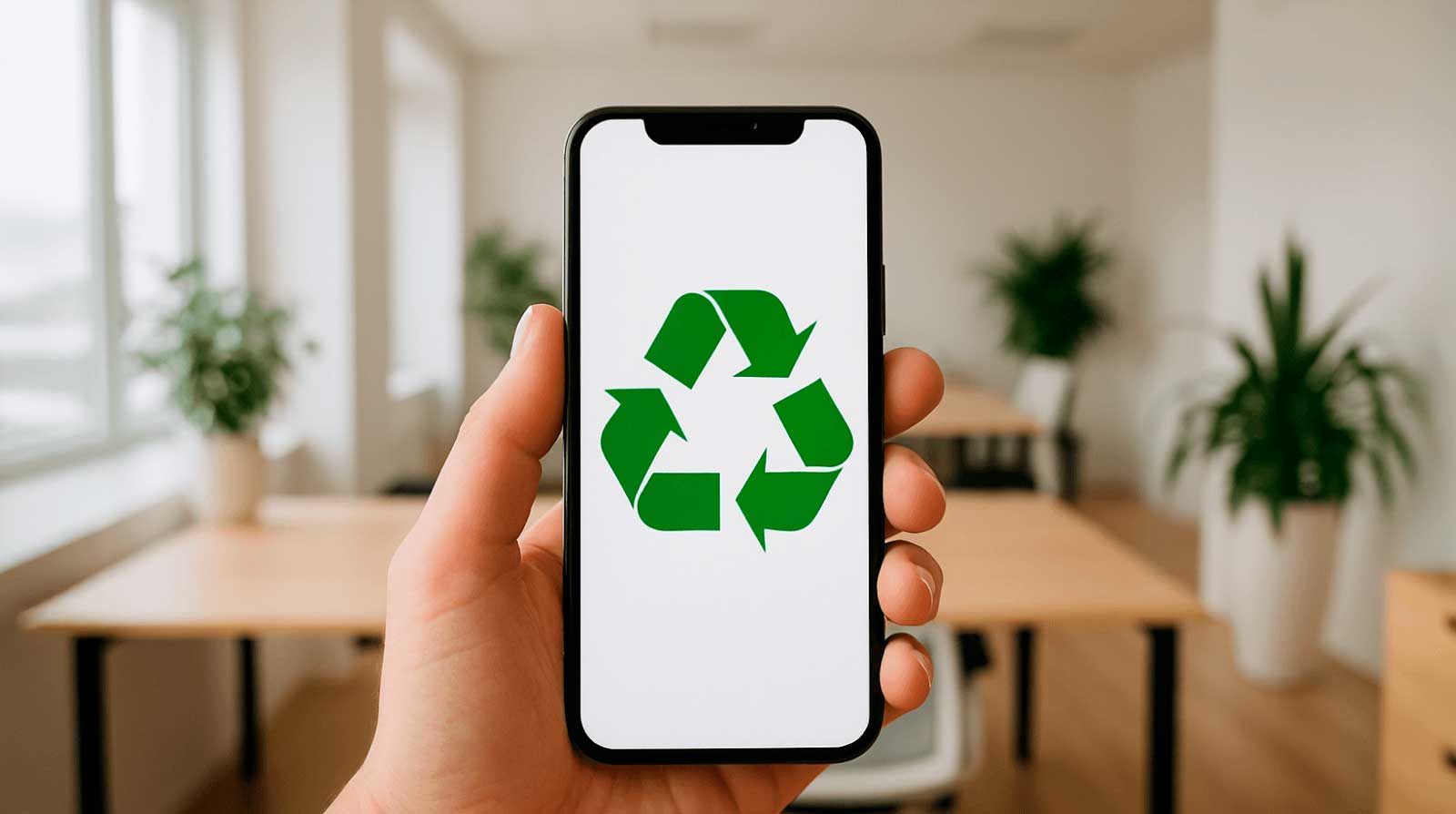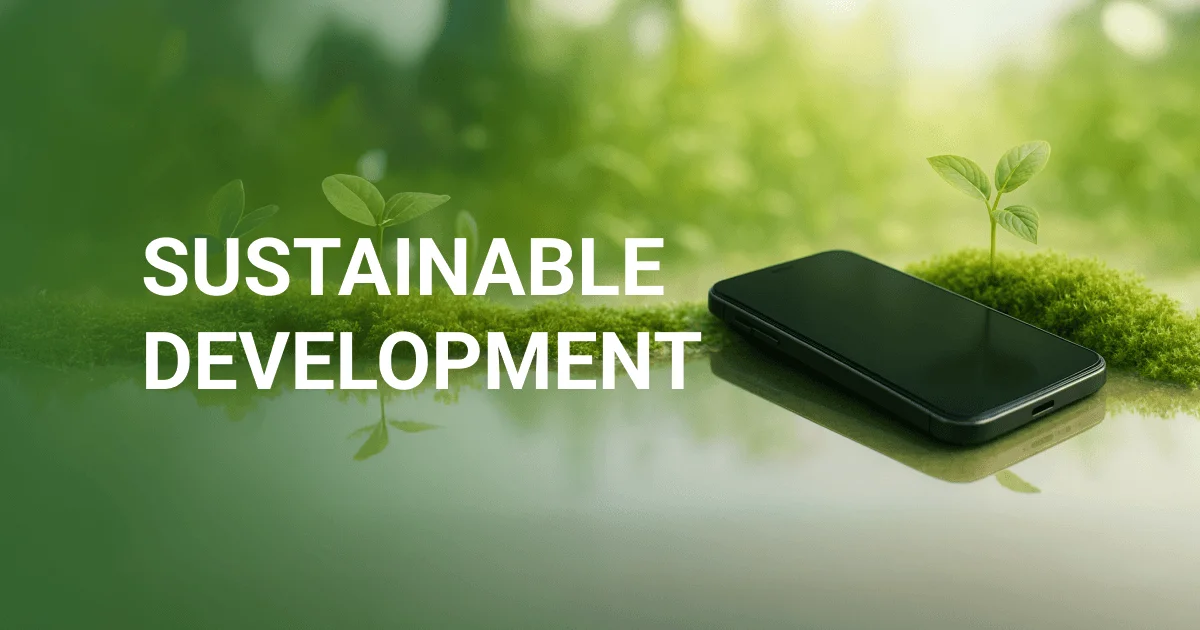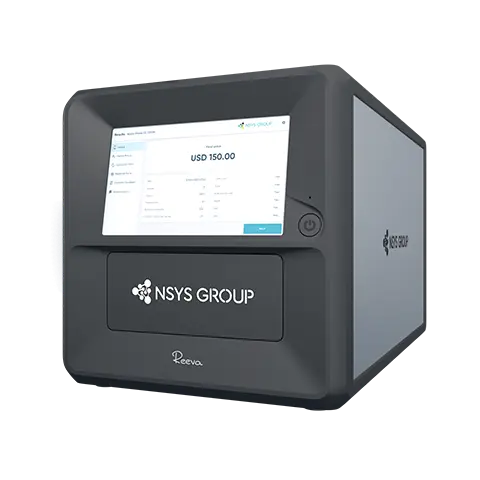Phone models with new, appealing features are released annually, promoting the idea of frequent replacement of consumer electronics. But how often do smartphones actually need to be replaced? Today, we explore ways for businesses to prolong smartphone lifecycles and contribute to global sustainability.
How Long Does a Smartphone Actually Last?
On average, people hold on to their smartphones for about 2.5 to 3 years. This period depends on several factors, including personal preferences, trends, and technical obsolescence. Lithium-ion batteries, which are used in most modern smartphones, typically last for 2 to 3 years, and battery degradation is a major reason for replacing a device.
A new global trend, evident in recent years, is that people are keeping their smartphones longer. As new devices offer fewer revolutionary features while becoming more expensive, people tend to upgrade their smartphones less frequently.
Additionally, according to CIRP, iPhone users keep their smartphones longer than Android users do.

What Makes People Replace Their Smartphones?
Typically, the technical obsolescence of a smartphone forces people to replace it with a newer model. But what specific components worsen the experience of using a smartphone?
The key component in any device is the battery. It naturally deteriorates over time, leading to faster power drain, unexpected shutdowns, overheating, and other issues. Maintaining battery health is crucial; otherwise, when it worsens, the only reliable option is to replace the battery entirely.
The second most common component that significantly impacts user experience is the display. While scratches and cracks mostly affect a phone’s appearance, other defects—like dead or stuck pixels and unresponsive touch sensors—can render a device difficult or even impossible to use.
Last but not least are the cameras. Modern smartphones have multiple cameras, all of which must function properly to meet users' basic expectations. Camera issues can be difficult to repair—especially ultra-wide cameras on iPhones—so users often choose to replace the smartphone entirely when a defect occurs.
How Long iPhones and Android Phones are Supported?
An additional reason to replace a device is when its software becomes outdated. In general, smartphones are supported for 5 to 7 years, depending on the manufacturer. For example, the iPhone 8, released in 2017, is still receiving updates as of 2025. Google Pixel and Samsung also offer extended support for their flagship models, while other, less prominent brands typically provide up to three years of support.
However, once a smartphone is no longer supported, it stops receiving security patches and performance improvements, making it more vulnerable to security threats and data loss. Moreover, the device may become incompatible with newer applications, which can significantly affect the overall user experience.
How to Prolong a Device’s Lifecycle
Although some factors, such as battery degradation or the limited duration of manufacturer support, are inevitable, users can slow down smartphone aging and prolong the overall device lifecycle. Let’s explore several practices that will help extend the working life of a phone:
-
Prevent physical damage by using a screen protector and a case. These accessories help avoid display defects and other issues.
-
Take battery health seriously: Keep the battery between 20% and 80%, avoid charging it overnight, protect the device from extreme temperatures, and use original charging equipment. These practices help prevent premature battery aging.
-
Keep the operating system and applications up to date to ensure the latest versions are installed—they usually introduce enhanced data protection and fix vulnerabilities.
Additionally, don’t replace a device as soon as a defect occurs. Repairing a smartphone requires fewer resources and is a more sustainable option. So, repair should always be the first choice. If a smartphone cannot be repaired, it must be recycled in accordance with international practices and regulations.
How Refurbished Phones Contribute to Global Sustainability
Refurbishing pre-owned devices is probably the most efficient way to prolong their life. Refurbished phones can be used by another person while still providing a like-new user experience. Therefore, such devices benefit both the end user, who gets a fully functioning smartphone at an appealing price, and the environment.
Compared to producing a new smartphone, refurbished devices require far fewer natural resources, as only defective parts are replaced with new ones. Moreover, when refurbished, smartphones continue to be used instead of ending up in landfills and polluting the environment.
But how can businesses that handle used devices ensure quick and accurate refurbishing? NSYS Group has developed a unique technology: the Reeva robot, which performs complete mobile device diagnostics in less than four minutes.

Reeva: Simplifying Phone Processing
Reeva is a revolutionary robot that automatically performs functional testing, AI-powered grading, trade-in pricing, and certified data erasure. As the robot operates independently, human errors and fraud are eliminated. Moreover, Reeva provides testing certificates with the results of device diagnostics. These certificates can be used to verify the condition of a device or to qualify sellers for online marketplaces such as Back Market, Refurbed, and Amazon Renewed.
The robot can be used both in-store and at warehouses. In retail locations, Reeva streamlines trade-in deals, attracting customers who are eager to interact with cutting-edge technology. The robot quickly assesses a smartphone and sets a buyback price based on a customizable pricing calculator. At warehouses, Reeva significantly increases processing speed: a single tester using one Reeva roboline can test, grade, and wipe up to 75 devices per hour!
Try Reeva to elevate your phone processing operations!








